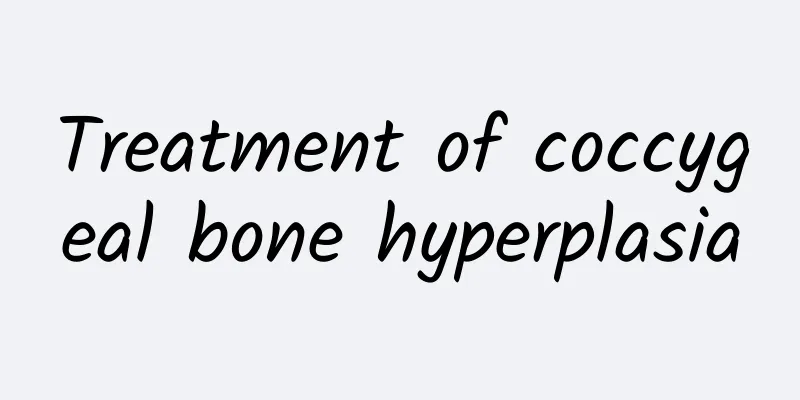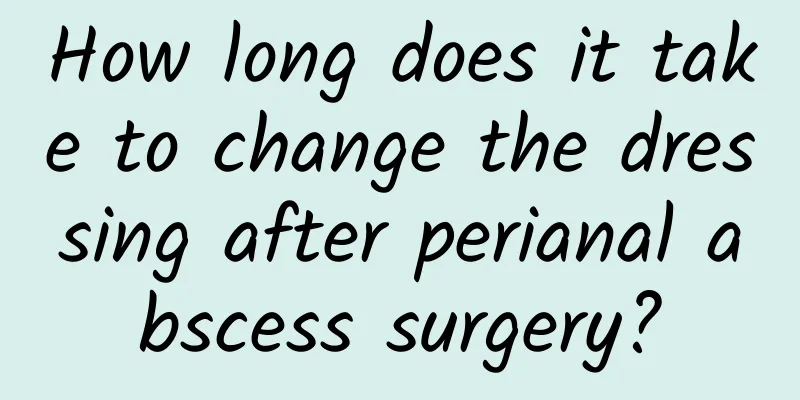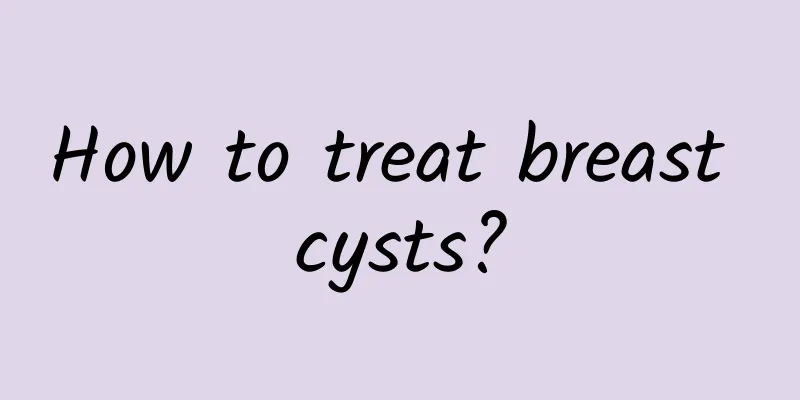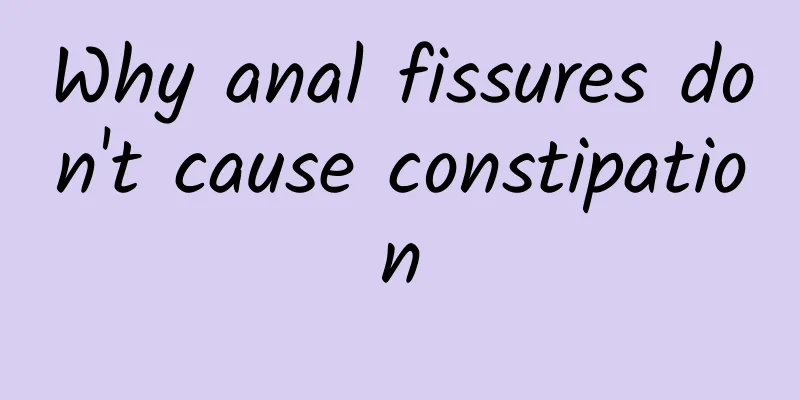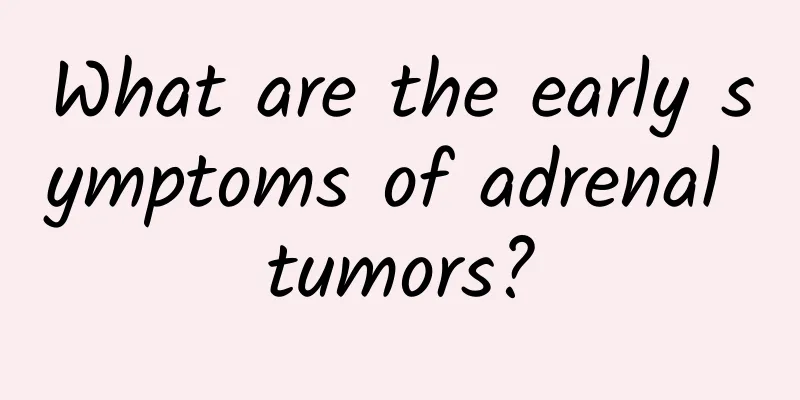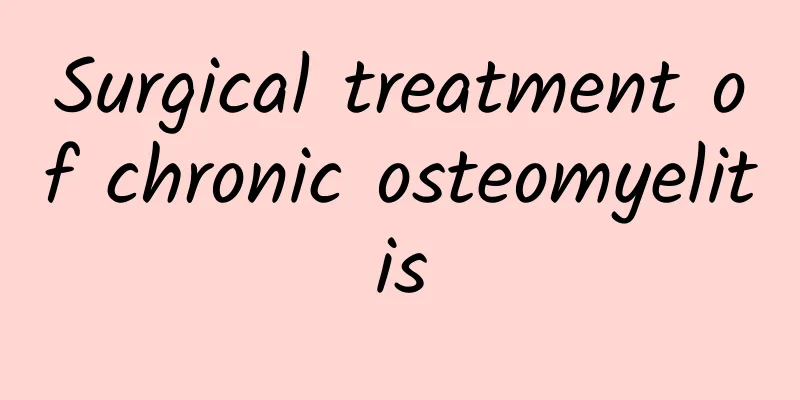How to treat cervical spondylosis

|
The most common cervical spondylosis is radiculopathy, with an incidence of about 60%. 70%-85% of patients with radiculopathy can achieve satisfactory results through conservative treatment. Patients should rest, prevent injuries and colds, and can use anti-inflammatory, analgesic and neurotrophic drugs, combined with physical therapy, traction and light massage. Patients with severe pain, sleep disturbance, muscle weakness and ineffective conservative treatment require surgical treatment. The incidence of spinal cord cervical spondylosis is 10%-15%, which is very harmful. In severe cases, walking difficulties and urinary and bowel dysfunction occur. Among them, 95% of patients require surgical treatment, and the surgical method is determined according to the compressed segment and location of the spinal cord. How to distinguish cervical spondylosis from brain disease Patients with cervical spondylosis and brain diseases can be differentially diagnosed through symptoms and auxiliary examinations. Patients with brain diseases may experience unilateral limb weakness, numbness or paralysis. Patients with spinal cervical spondylotic myelopathy experience bilateral limb paralysis, numbness, weakness, and difficulty in movement. An MRI is required for a definitive diagnosis. For patients with brain diseases, MRI can clearly show brain lesions, such as brain tumors, cerebral ischemia, cerebral hemorrhage, etc. For patients with cervical spondylosis, MRI can show manifestations of herniated disc, spinal cord compression, and reactive spinal cord edema. What is the reason for frequent stiff neck Stiff neck is a folk term, and the medical name is acute myofasciitis of the cervical muscles. Since patients often experience discomfort in the morning, people call it stiff neck. It is related to cold, injury, heavy neck massage, and long-term bowed work and improper neck posture when resting. Patients catch cold at night and use inappropriate pillows when sleeping, which leads to incorrect neck posture. Stiff neck is prone to occur after the muscle fascia is stretched for a long time. However, some patients with stiff neck suffer from herniated disc. Most patients with stiff neck can be relieved through conservative treatment. |
<<: Symptoms of cervical spondylosis
>>: Is general anesthesia required for cerebral aneurysm interventional surgery?
Recommend
What are the symptoms of thoracic and abdominal aneurysms?
Symptoms of thoracic and abdominal aneurysms may ...
Is breast cyst topical medicine effective?
Topical medications for breast cysts may be effec...
When to do breast puncture
When suspicious lesions are found, the nature of ...
Can I eat donkey-hide gelatin if I have breast cysts?
Can I eat donkey-hide gelatin if I have breast cy...
What are the symptoms of gallstones and how to treat them
Common symptoms of gallstones include abdominal p...
Why are some people prone to gallstones?
Some people are more susceptible to gallstones, w...
Can breast cysts be cured by taking Chinese medicine?
Drinking Chinese medicine can play a certain cond...
Differences between iliac osteitis and sacroiliitis
The difference between iliac osteitis condensans ...
Nursing tips for neonatal perianal abscess
Neonatal perianal abscess is a skin and soft tiss...
What to do if you can't get hard
The inability to get an erection may be a problem...
What causes perianal abscess in women?
Female perianal abscesses are usually caused by i...
How long does it take for perianal abscess drainage surgery to heal?
It usually takes 1-2 weeks to fully recover after...
Can moneywort cure gallstones?
Can Centella asiatica cure gallstones? This may b...
How to remove gallstones best
Gallstones are a common digestive disease, and ma...
Can men with breast hyperplasia eat peanuts?
Male breast hyperplasia can eat peanuts in modera...
